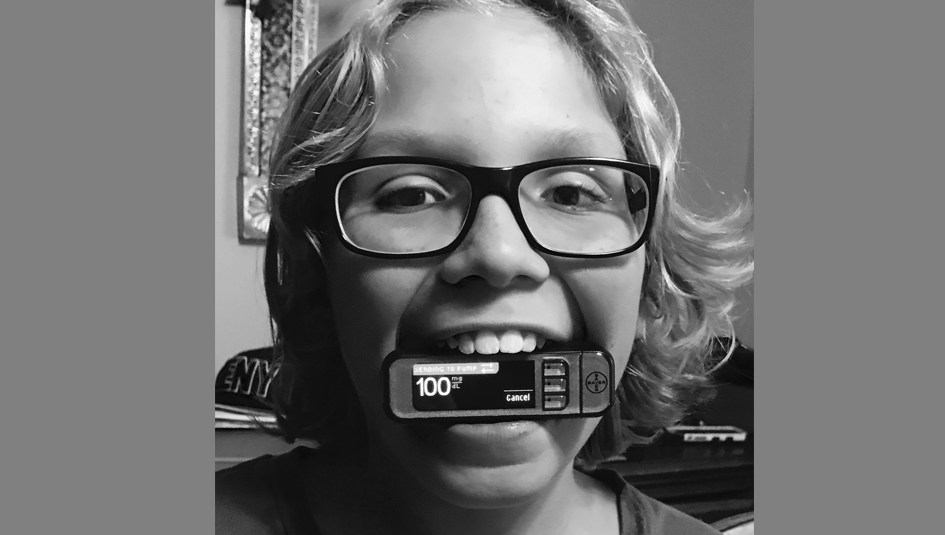Obamacare Plans May Become High Risk Pools for People with Diabetes

A leaked draft of the Senate healthcare bill to be unveiled later today includes a provision that would allow Americans to purchase so-called “bare bones” or “catastrophic” insurance plans. Critics fear that these plans, which don’t meet current minimum standards for health insurance coverage, may drive healthy people away from better-coverage plans, leaving those with preexisting conditions like diabetes to contend with skyrocketing premium costs.
Details of the leaked draft were discussed in reports by the New York Times, USA Today, and Vox.com.
The Senate bill, known as the Better Care Reconciliation Act (BCRA), would repeal many provisions put in place under the Affordable Care Act (ACA), also known as Obamacare. One of the most popular provisions of the ACA is that it bars insurance companies from denying coverage or charging more for those with preexisting conditions like diabetes.
The ACA also put into place a minimum standard for insurance plans, including that a plan must provide coverage for what are called essential health benefits. These benefits would include coverage for at least some prescription drug costs and would be required to cover all basic health conditions.
The newest draft of the BCRA apparently will include the so-called Cruz amendment, named after co-author Senator Ted Cruz (R-Texas). This plan would allow insurance companies to offer bare-bones coverage that wouldn’t meet ACA standards as long as the companies also offer at least one ACA-level plan in the state. Those in favor of the amendment say it will provide lower-cost insurance for healthier individuals, but critics warn that it may drive healthy individuals away from ACA plans. If this were to happen, the main customers for the ACA plans would be high-volume users of health care, which would make the plans more expensive for insurers to offer.
This scenario is reminiscent of what happened with high-risk pool plans that were common before the ACA took effect in 2010. Many with preexisting conditions found they couldn’t afford such higher-risk policies, even with states providing subsidies to insurers to cover the increased costs for providing the coverage. The new draft of the BCRA is expected to include an additional $70 billion in subsidies to help keep costs down, in addition to subsidies already offered in the bill, but critics fear it may not be nearly enough.
Read more: What JDRF, ADA, and DPAC say about the Senate health bill
A similar ACA-repeal bill already passed the House in May, but so far Senate Majority Leader Mitch McConnell (R-TN) has struggled to assemble the votes needed for BCRA to pass. The bill has little chance of winning votes from Democrat senators; Senate Republicans have been divided – some fear the impact of provisions within the bill which would dramatically cap the Medicaid program, while others argue it doesn’t go far enough in deregulating the health insurance industry.
Thanks for reading this Insulin Nation article. Want more Type 1 news? Subscribe here.
Have Type 2 diabetes or know someone who does? Try Type 2 Nation, our sister publication.







